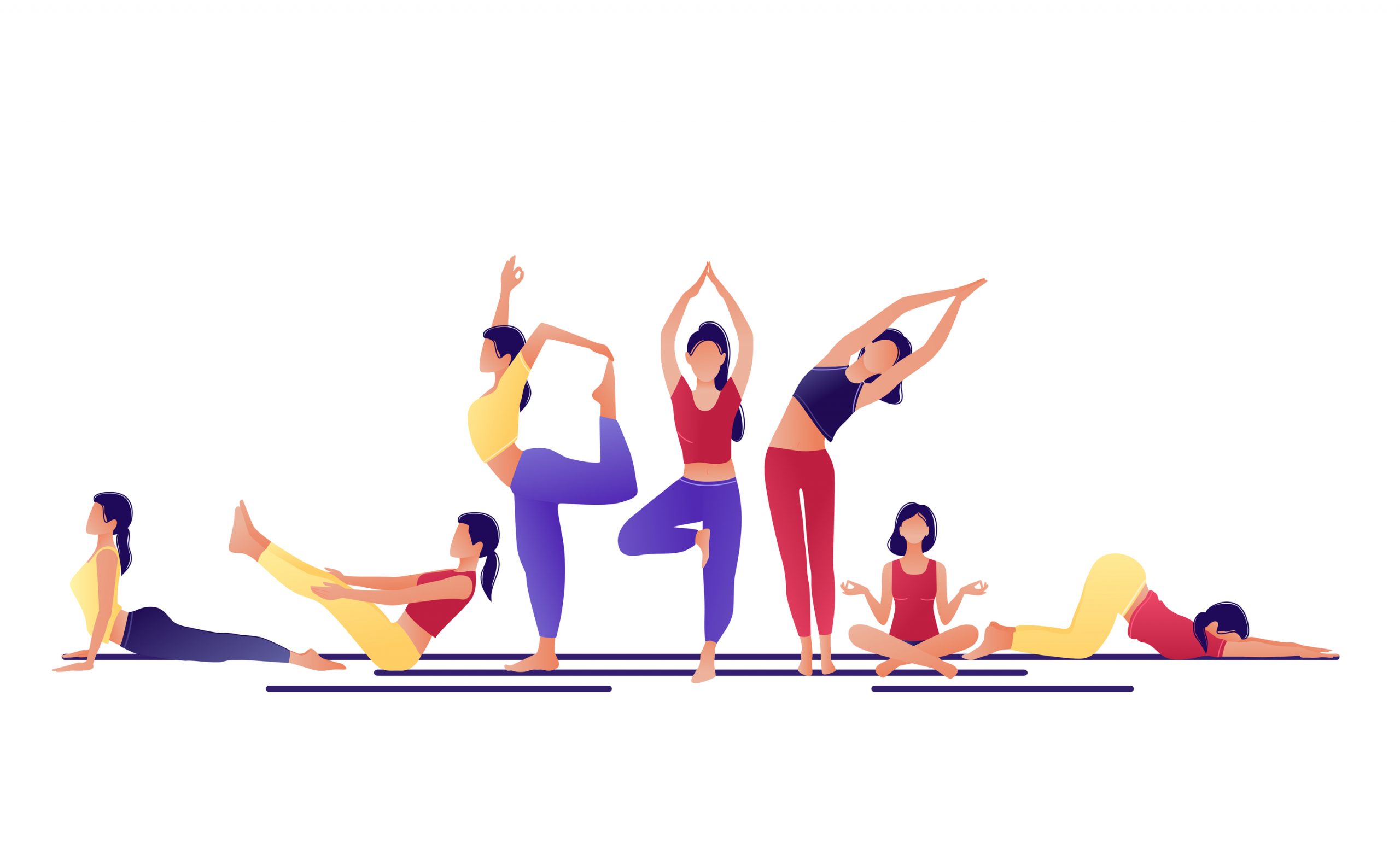
Flexibility, a fundamental component of physical fitness, often takes a back seat to strength and cardiovascular conditioning in our fitness routines. However, flexibility is not to be underestimated or neglected. It plays a crucial role in overall health, well-being, and physical performance. In this comprehensive article, we will explore the concept of flexibility, its importance, how to improve it, and its benefits for both everyday life and athletic endeavors.
Understanding Flexibility
Flexibility is defined as the range of motion (ROM) around a joint or group of joints. It refers to the ability of your muscles and connective tissues to stretch and lengthen without causing injury or damage. Flexibility can be influenced by various factors, including genetics, age, and physical activity level.
Types of Flexibility
There are two main types of flexibility:
- Static Flexibility: This type involves the ability to stretch and hold a position without any external assistance. Examples include holding a standing forward bend or a seated hamstring stretch.
- Dynamic Flexibility: Dynamic flexibility is the ability to move a joint through its full range of motion actively. Exercises like leg swings and arm circles are good examples of dynamic stretching.
The Importance of Flexibility
1. Injury Prevention
Perhaps one of the most compelling reasons to prioritize flexibility is injury prevention. When muscles and connective tissues are flexible, they are less likely to become strained or torn during physical activities. A flexible body can better absorb the shock of sudden movements and stresses, reducing the risk of injury.
2. Improved Posture
Good flexibility can contribute to better posture by allowing the body to maintain proper alignment. This, in turn, reduces the risk of chronic musculoskeletal issues, such as back pain and hunched shoulders.
3. Enhanced Range of Motion
Flexibility enhances your range of motion, enabling you to move your limbs and joints more freely. This can greatly improve your daily life by making activities like reaching for objects, bending, and even sitting more comfortable and efficient.
4. Better Athletic Performance
Flexibility is a critical component of athletic performance. It allows athletes to move more efficiently, improve agility, and reduce the risk of muscle imbalances. Sports that require a high degree of flexibility, such as gymnastics and martial arts, directly benefit from enhanced flexibility.
5. Stress Reduction
Regular stretching and flexibility exercises can have a relaxing effect on the body and mind. They help release tension, reduce stress, and promote a sense of well-being.
How to Improve Flexibility
Enhancing flexibility is achievable with consistent effort and the right approach. Here are some tips on how to improve flexibility:
1. Stretch Regularly
Incorporate stretching exercises into your daily routine. Hold each stretch for 15-30 seconds and repeat multiple times. Focus on major muscle groups, including hamstrings, quadriceps, calves, shoulders, and back.
2. Practice Yoga or Pilates
Yoga and Pilates are excellent practices that emphasize flexibility and strength. They often include a combination of static and dynamic stretches that can enhance overall flexibility.
3. Warm-Up Before Stretching
It’s crucial to warm up your muscles before stretching to reduce the risk of injury. Light aerobic exercises like brisk walking or jumping jacks can increase blood flow to the muscles and prepare them for stretching.
4. Gradually Increase Intensity
Don’t force your body into deep stretches immediately. Progress gradually to avoid overstretching and causing injury.
5. Use Proper Technique
Pay attention to your form during stretches. Incorrect technique can lead to muscle strain or injury. Consider seeking guidance from a fitness professional or physical therapist.
Benefits of Flexibility in Everyday Life
Enhanced flexibility doesn’t just benefit athletes; it also improves daily life in numerous ways:
- Easier Daily Tasks: Simple activities like bending to tie your shoelaces, reaching for items on high shelves, or getting in and out of a car become more manageable with improved flexibility.
- Reduced Discomfort: Flexibility can alleviate chronic discomfort caused by poor posture or muscle tightness, leading to an improved quality of life.
- Aging Gracefully: Maintaining flexibility as you age can help reduce the risk of age-related mobility issues and maintain independence.
Conclusion
Flexibility is a vital component of overall health and well-being, with far-reaching benefits that extend from injury prevention and enhanced athletic performance to improved posture and daily comfort. Prioritizing flexibility through regular stretching and activities like yoga can lead to a more active, pain-free, and enjoyable life. So, the next time you contemplate your fitness routine, remember that flexibility is not to be ignored—it’s the key to unlocking a healthier, more flexible you.



